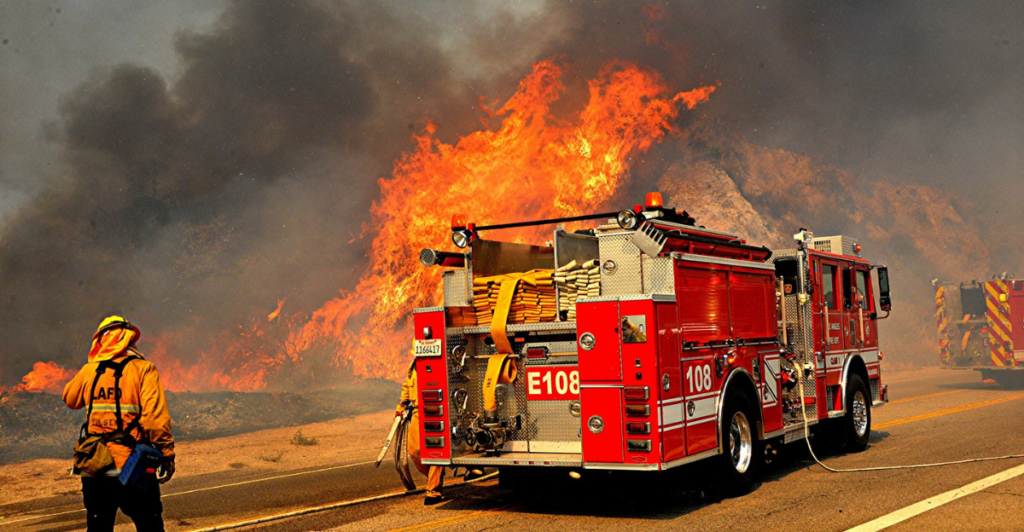
In early January 2025, Los Angeles faced an unprecedented wildfire crisis, with blazes such as the Palisades and Eaton fires wreaking havoc across the region. These fires resulted in at least 25 fatalities and the destruction of over 12,000 structures, marking one of the most catastrophic wildfire events in the city’s history.
The economic impact has been staggering, with damages estimated to reach up to $275 billion. Beyond the immediate loss of life and property, the fires have also led to the displacement of tens of thousands of residents and the devastation of cherished natural landscapes.
A Perfect Storm of Conditions

Several factors converged to create the perfect environment for these wildfires. Unusually strong Santa Ana winds, with gusts reaching up to 100 mph, played a significant role in spreading the flames rapidly across dry terrains. These winds, known for their hot and dry nature, have historically been associated with Southern California wildfires.
It Happened Before
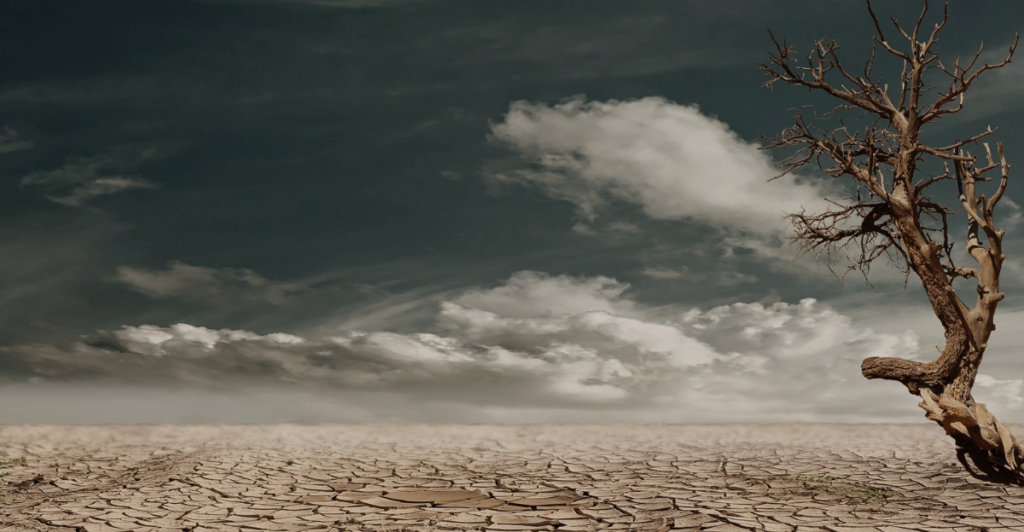
Additionally, the region experienced abnormally dry conditions leading up to the fires. A severe drought, the driest start to the rainy season on record, left vegetation parched and highly flammable. This desiccated plant life provided ample fuel, allowing the fires to spread with alarming speed and intensity.
Climate Change: A Catalyst
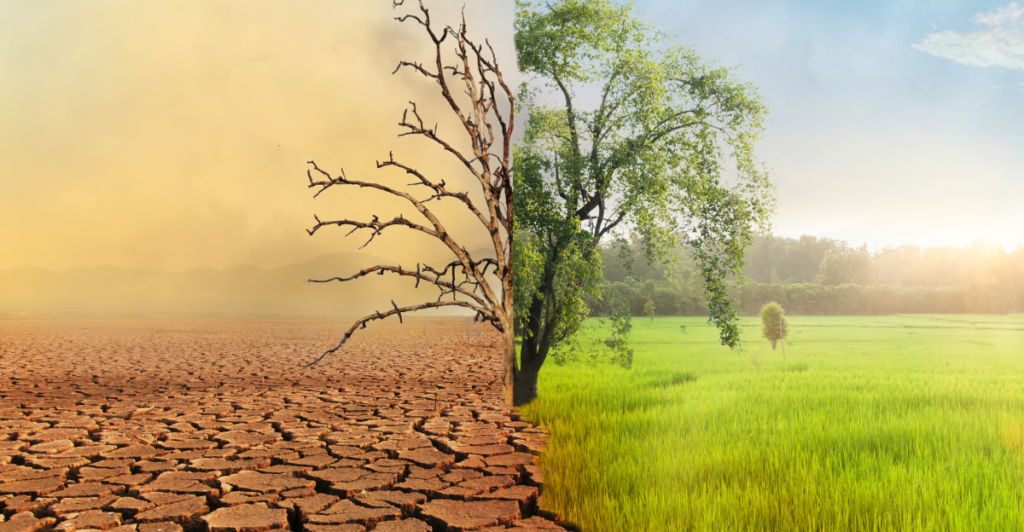
Climate change has undeniably intensified the factors contributing to these wildfires. Rising global temperatures have led to increased volatility in rainfall patterns, resulting in periods of heavy rain followed by prolonged droughts. This “climate whiplash” promotes rapid vegetation growth, which subsequently dries out and becomes tinder for wildfires.
Weather Predictions
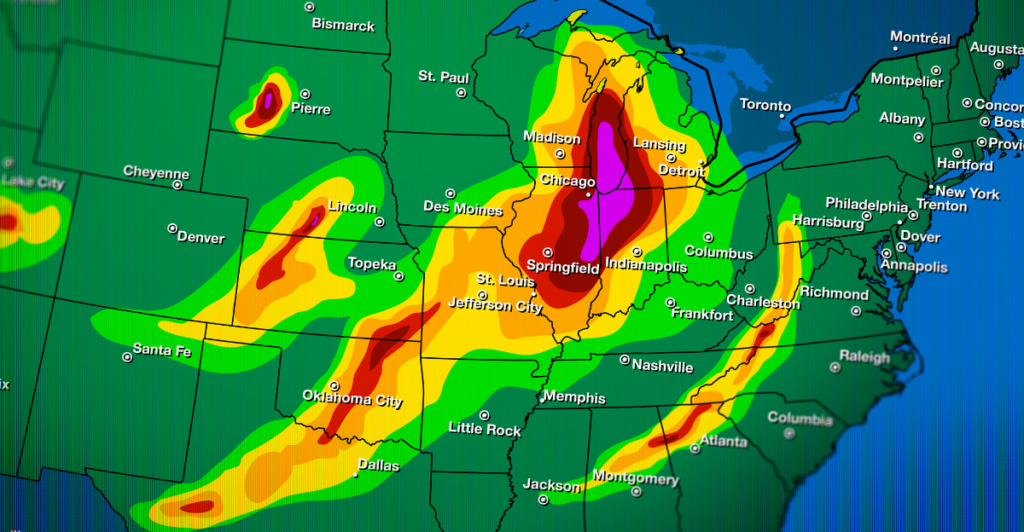
Furthermore, climate change has been linked to the intensification of the Santa Ana winds. Research indicates that these winds have become stronger and more frequent, exacerbating wildfire risks in the region. The combination of higher temperatures, altered precipitation patterns, and intensified winds creates a volatile environment prone to severe wildfires.
Human Factors and Policy Failures

Human activities have also played a role in the severity of the wildfires. Urban development in fire-prone areas increases the likelihood of ignition and places more lives and properties at risk. Additionally, inadequate forest management practices, such as the failure to clear dried-out underbrush, have been criticized for providing additional fuel for the fires.
People And Animals Devastated
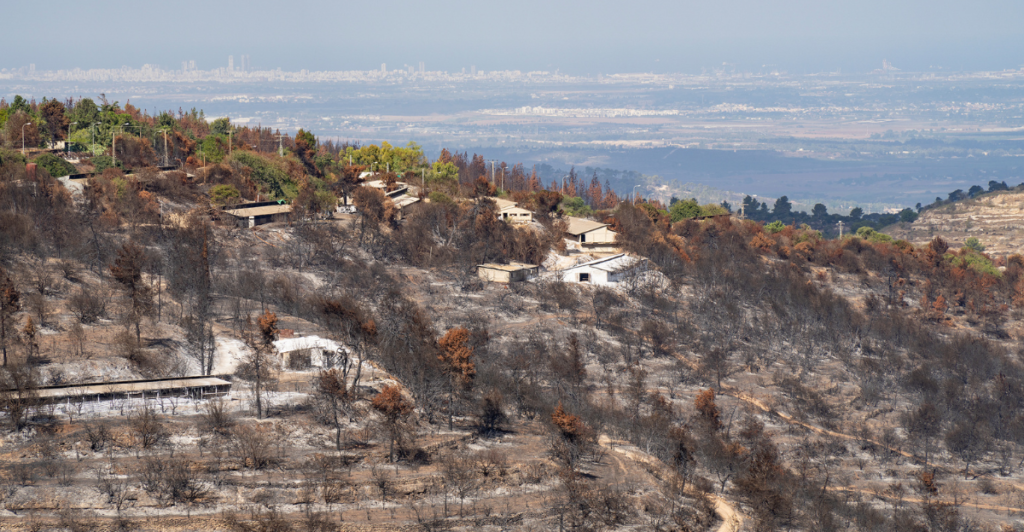
Political leaders have faced scrutiny for not addressing these issues effectively. Critics argue that despite repeated warnings, there has been a lack of proactive measures to mitigate wildfire risks, such as implementing controlled burns and investing in infrastructure to support firefighting efforts. This negligence has compounded the devastation experienced during the recent wildfires.
The Role of Santa Ana Winds
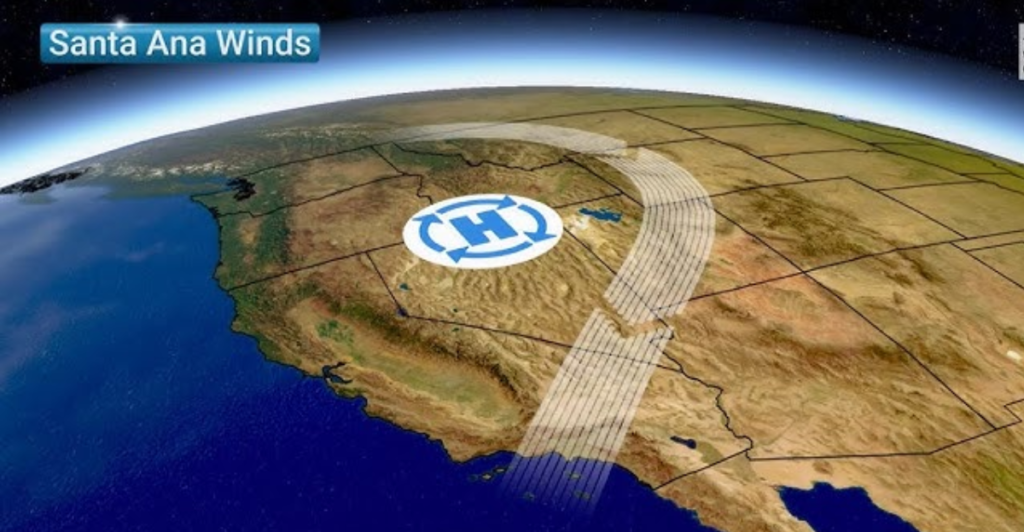
The Santa Ana winds are a well-known meteorological phenomenon in Southern California, characterized by hot, dry air descending from inland regions toward the coast. These winds can exacerbate wildfire conditions by drying out vegetation and propelling flames across large areas. In the recent fires, the Santa Ana winds reached unprecedented speeds, significantly contributing to the rapid spread of the blazes.
Can They Be Controlled
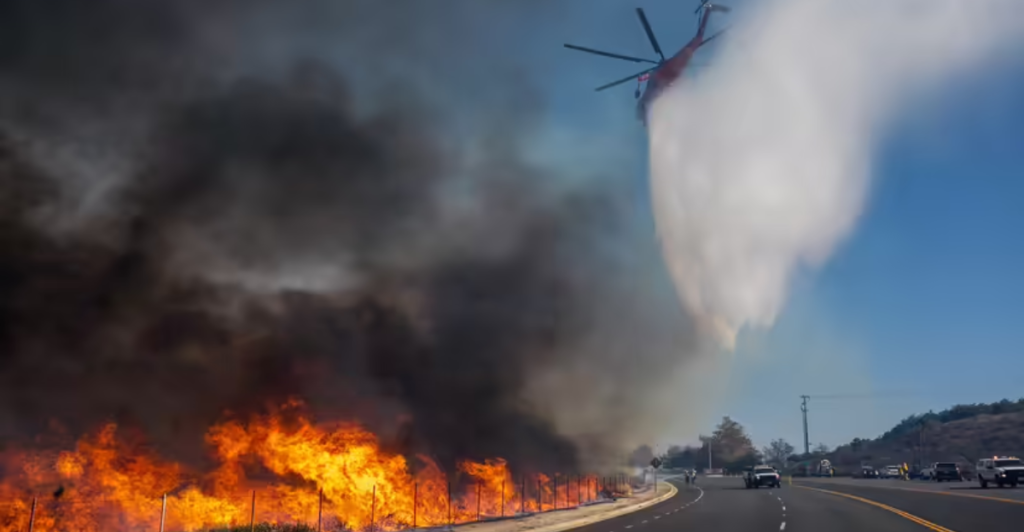
Historically, these winds have been associated with some of the state’s largest and deadliest wildfires. Their unpredictable nature makes firefighting efforts more challenging, as shifting wind patterns can change the direction and intensity of fires with little warning. Understanding and predicting the behavior of Santa Ana winds remain critical components in managing wildfire risks in the region.
Economic and Environmental Impact

The economic repercussions of the wildfires are profound. With damages estimated up to $275 billion, the costs encompass not only the destruction of homes and infrastructure but also the long-term economic disruptions faced by displaced residents and local businesses.
Environmentally, the fires have devastated natural habitats, including cherished hiking trails and parks that are integral to Los Angeles’ identity. The loss of vegetation increases the risk of soil erosion and mudslides, particularly when rains eventually return. Additionally, the release of massive amounts of carbon dioxide from the burning forests contributes further to climate change, creating a vicious cycle that perpetuates the conditions for future wildfires.
Community Response and Resilience
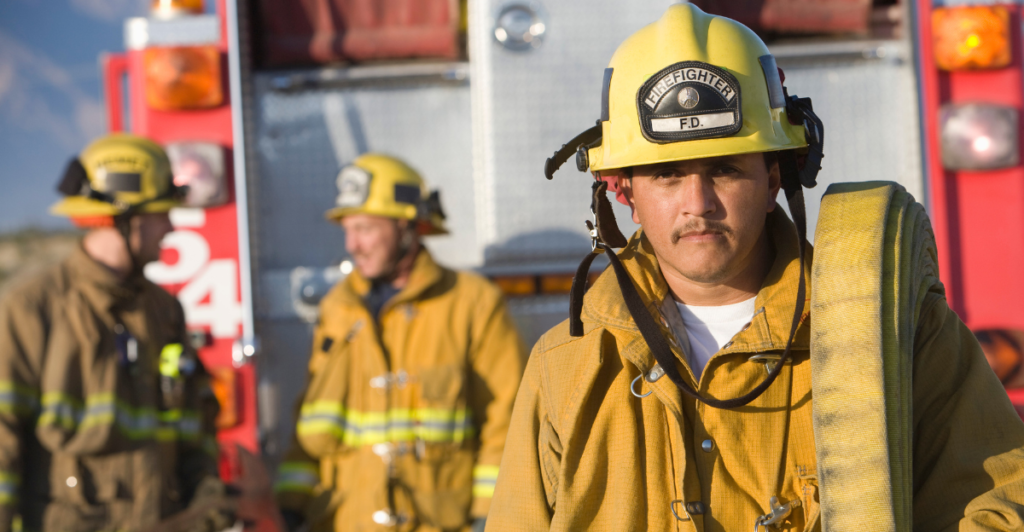
In the face of such adversity, the resilience of the Los Angeles community has been remarkable. Emergency responders, including thousands of firefighters and support from the National Guard, have worked tirelessly to contain the blazes and protect lives and property.
Local organizations and volunteers have mobilized to provide shelter, food, and support to those displaced by the fires. Fundraising efforts, such as the upcoming “FireAid” benefit concert scheduled for January 30 in Inglewood, aim to gather resources for recovery and rebuilding. These initiatives highlight the solidarity and determination of the community to overcome the challenges posed by the wildfires and to support one another in the rebuilding process.
Mitigation and Future Preparedness
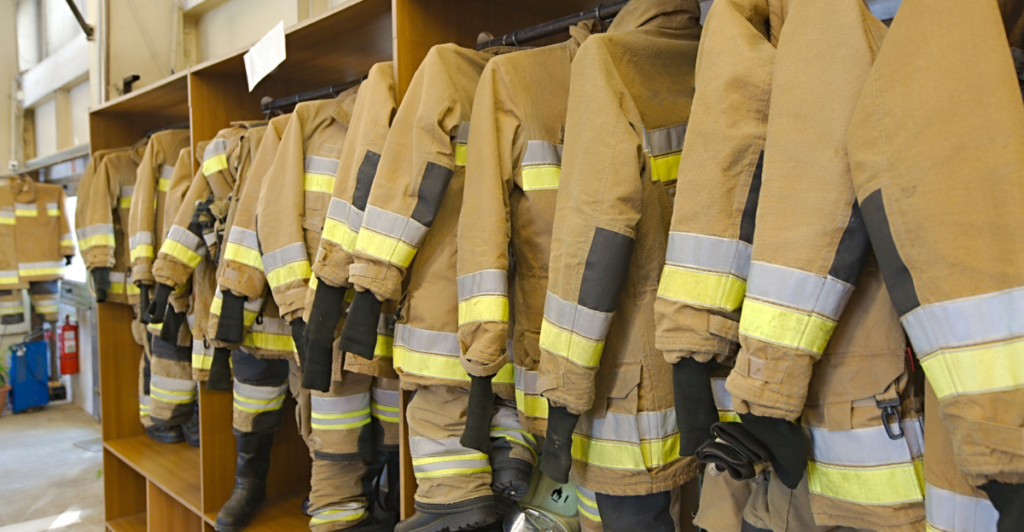
Addressing the root causes of such devastating wildfires requires a multifaceted approach. Implementing controlled burns and improving forest management practices can reduce the amount of combustible vegetation. Investing in infrastructure, such as modernizing fire hydrant systems and enhancing early warning mechanisms, can improve response times and effectiveness during wildfire events.
Furthermore, addressing climate change through the reduction of greenhouse gas emissions is crucial in mitigating the environmental factors that exacerbate wildfires. Policymakers must prioritize sustainable urban planning, ensuring that
Discover more of our trending stories and follow us to keep them appearing in your feed.

Meet the Massive Crocodiles That Make Their Homes 40 Feet Underground
States That Have The Worst Wildfires
Ways The Average Person Can Protect Wildlife From Wildfires
Mythical ‘Harbinger of Doom’ Mysteriously Washes Ashore in California
Stay connected with us for more stories like this! Follow us to get the latest updates or hit the Follow button at the top of this article, and let us know what you think by leaving your feedback below. We’d love to hear from you!







